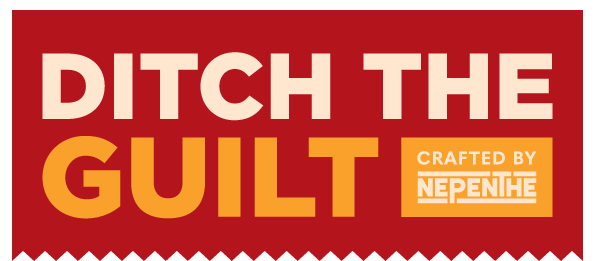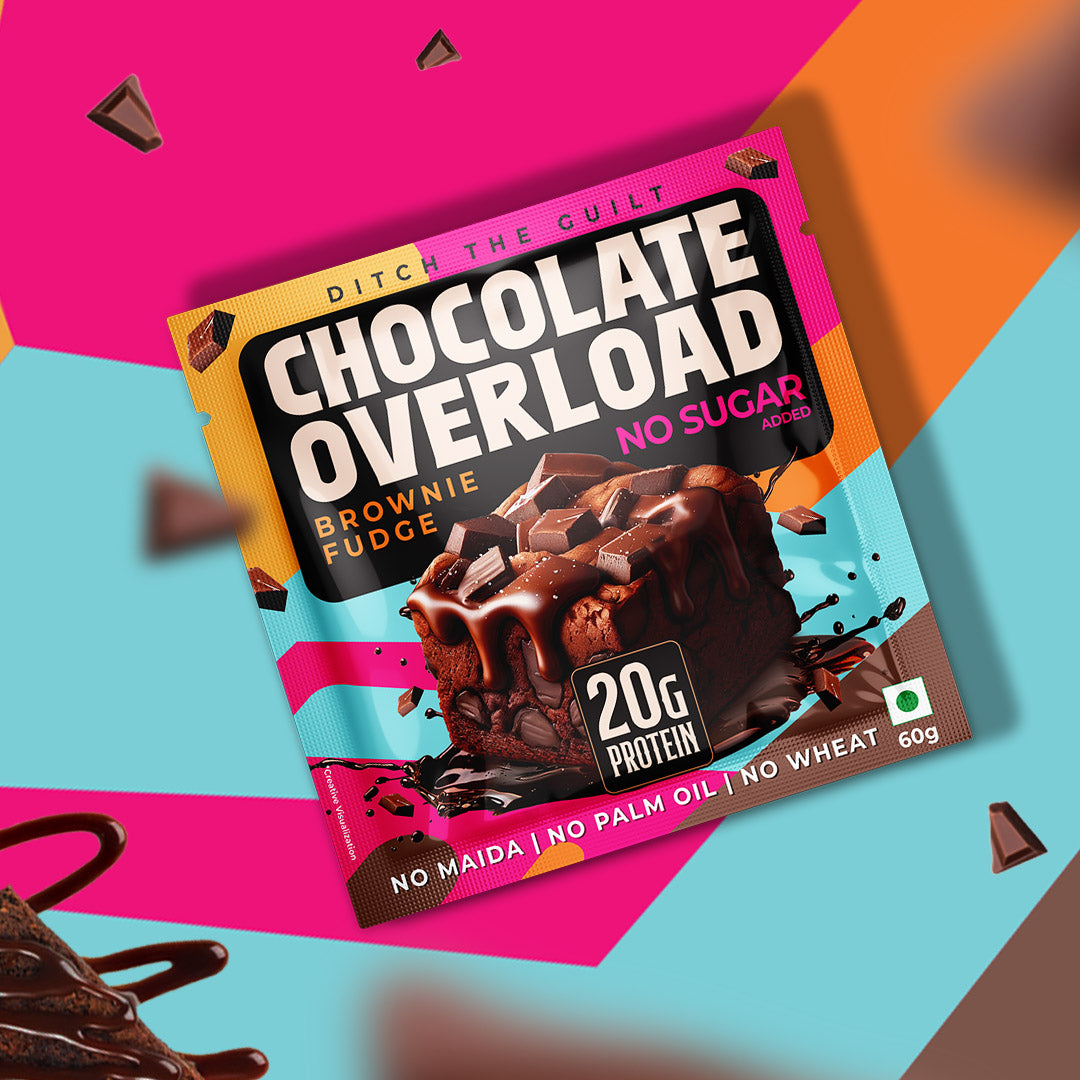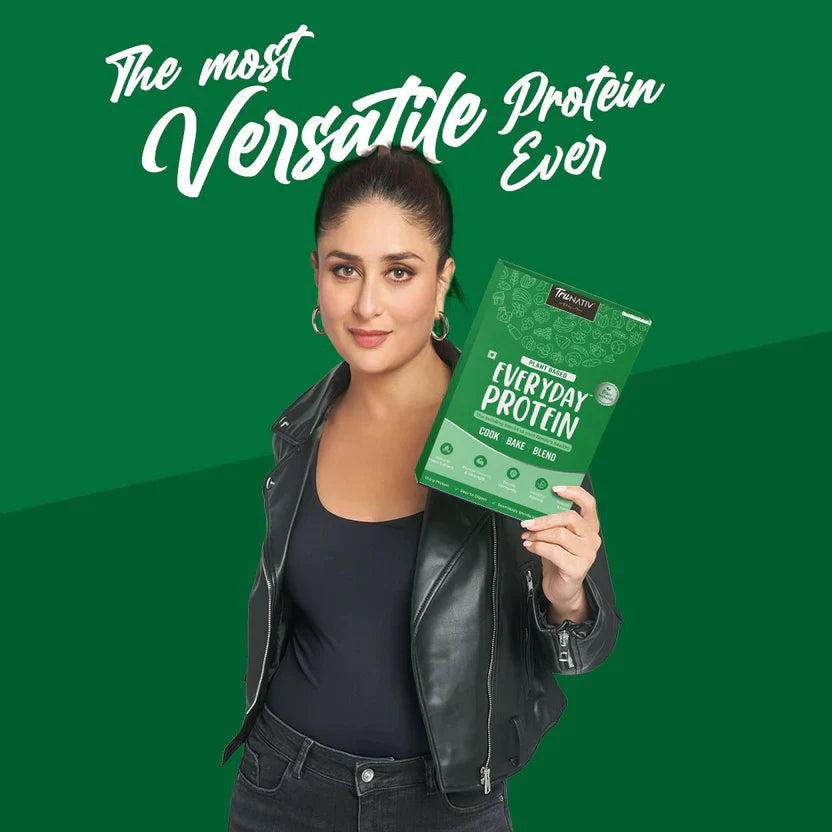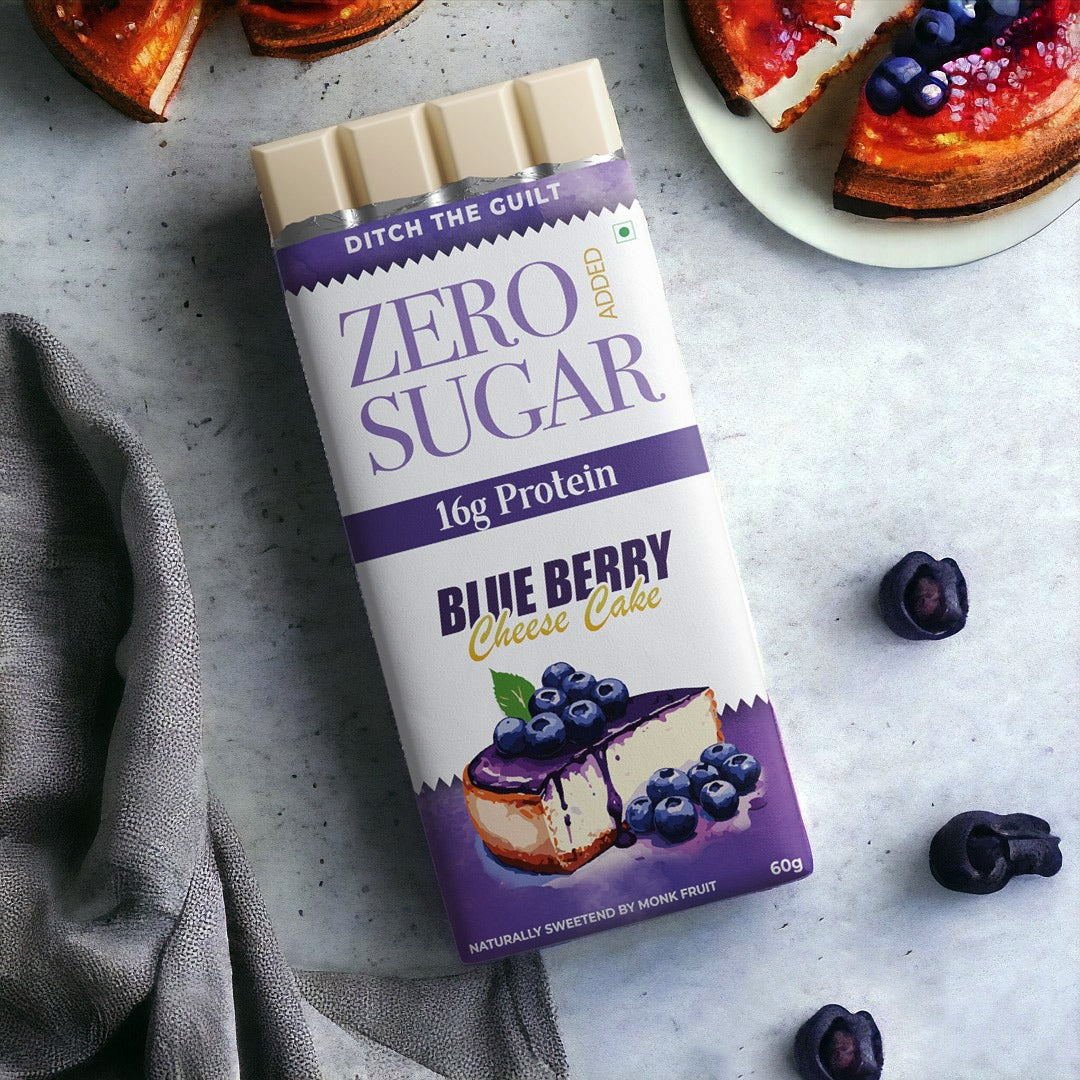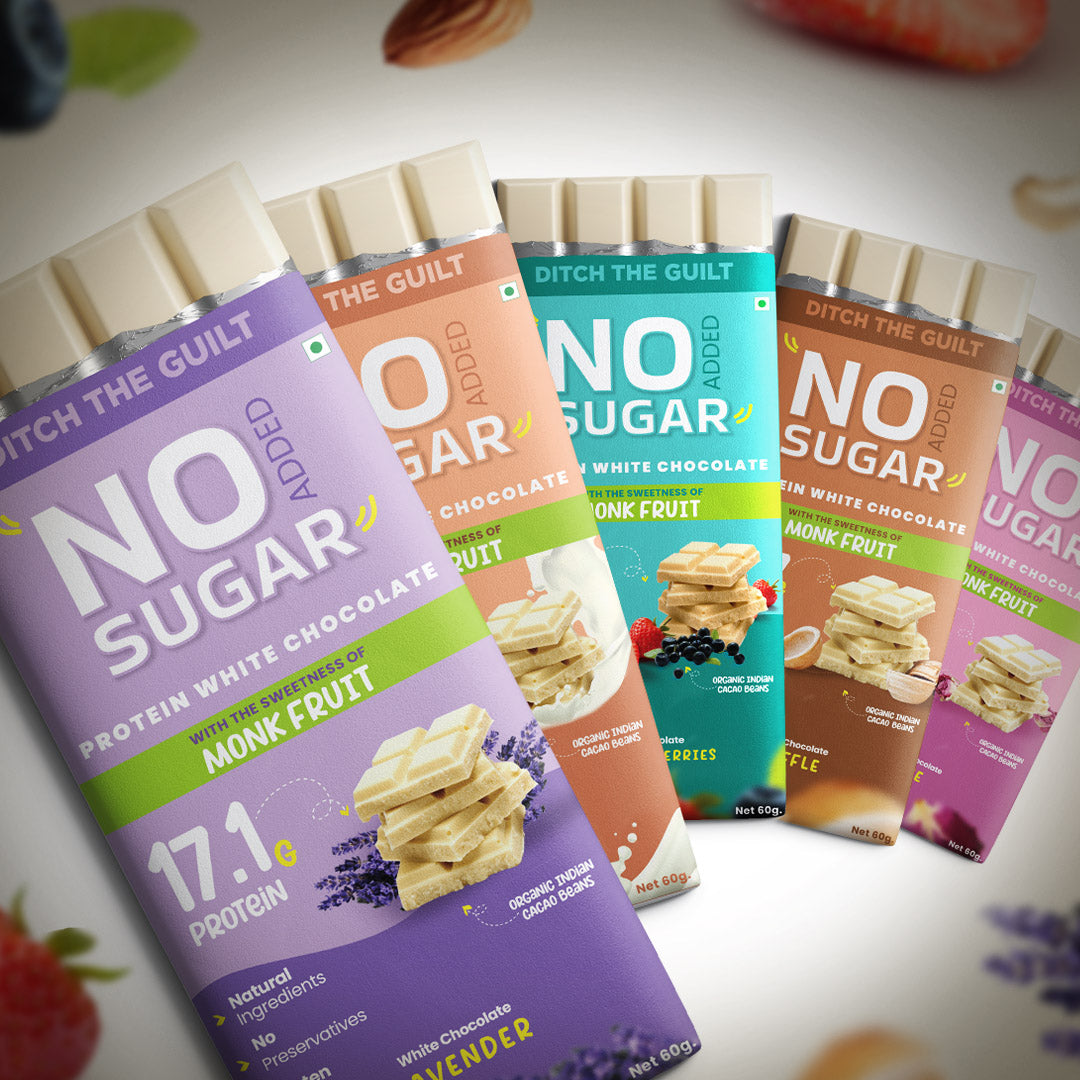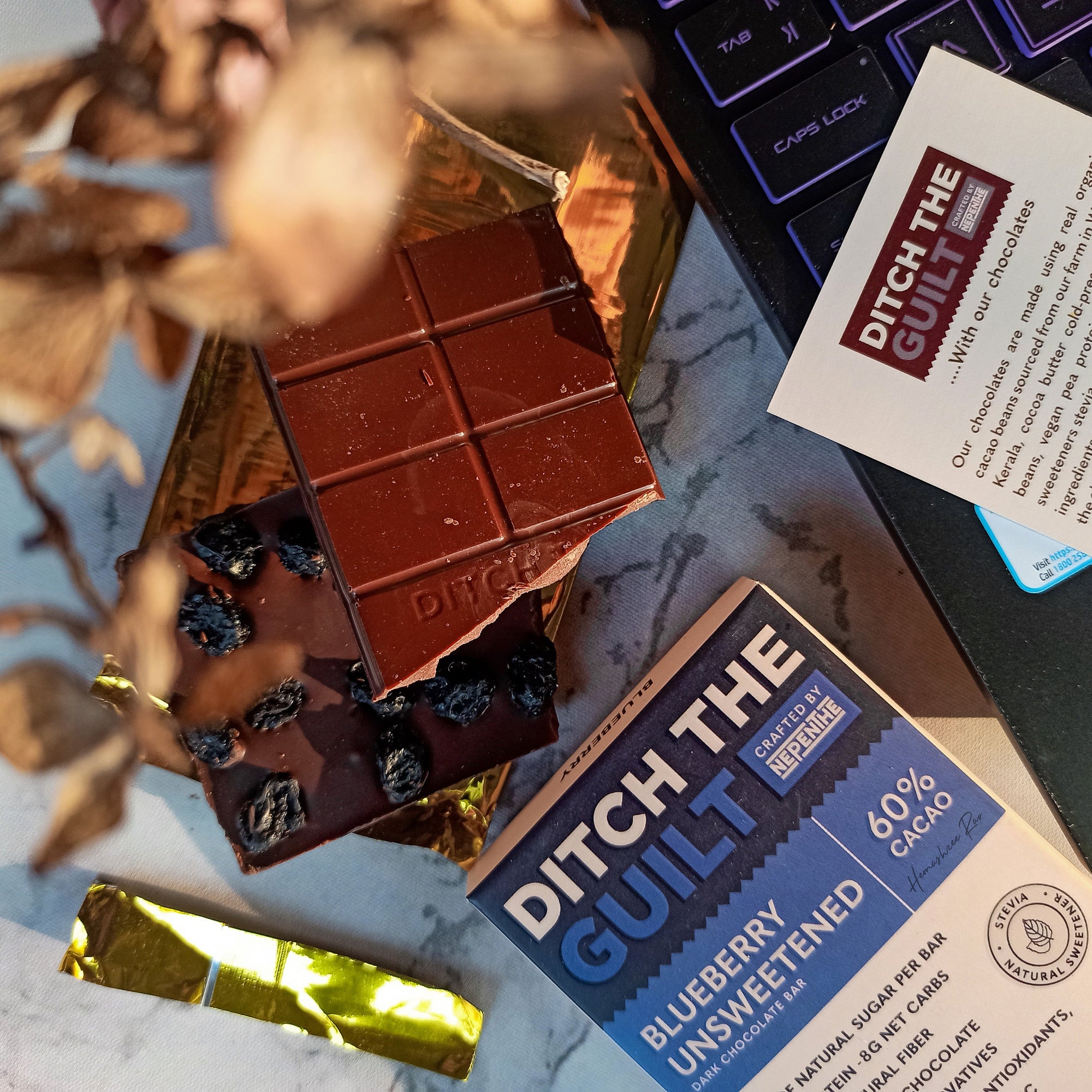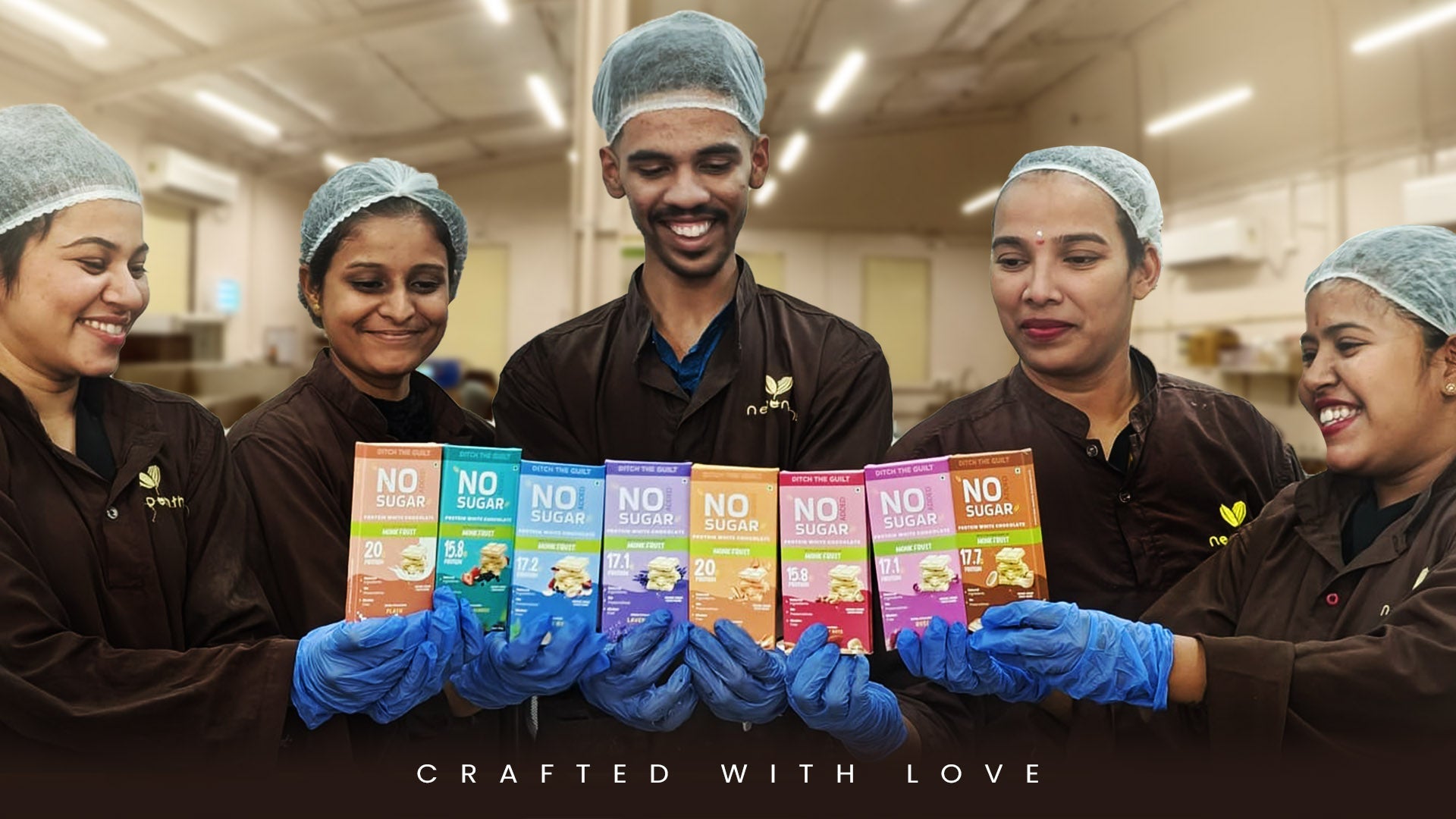
Decoding Zero Sugar: The Art of Understanding Nutrition Labels
When it comes to maintaining a healthy diet and lifestyle, one of the key components is understanding what is in the food and drinks we consume. Nutrition labels are like a secret code that holds valuable information about the contents of the products we buy. In this article, we'll delve into the realm of zero sugar products and how to effectively read nutrition labels to make informed choices for your well-being.
When it comes to maintaining a healthy diet and lifestyle, one of the key components is understanding what is in the food and drinks we consume. Nutrition labels are like a secret code that holds valuable information about the contents of the products we buy. In this article, we'll delve into the realm of zero sugar products and how to effectively read nutrition labels to make informed choices for your well-being.
The Lowdown on Zero Sugar
Zero sugar products have gained immense popularity in recent years as people are becoming more health-conscious and seeking healthier alternatives. But what does 'zero sugar' really mean? It's crucial to note that 'zero sugar' doesn't necessarily mean the product contains no sugar at all. In fact, products labeled as 'zero sugar' can still contain small amounts of sugar, typically less than 0.5 grams per serving.
Cracking the Nutrition Label Code
Now, let's tackle the mystery of reading nutrition labels effectively. When examining a nutrition label, the first thing to look at is the ingredient list. Ingredients are listed in descending order by weight, so the top ingredients are the most predominant in the product. Keep an eye out for terms like 'sugar-free', 'no added sugars', or 'unsweetened' to identify products with minimal to no sugar content.
Understanding Sugar Terminology
Sugar goes by many names on nutrition labels, such as sucrose, fructose, glucose, corn syrup, and more. Being aware of these various names can help you identify hidden sugars in products that may appear to be sugar-free at first glance. Paying attention to these terms can make a significant difference in your sugar intake.
Focus on the Total Carbohydrates
While sugar content is a crucial aspect, looking at the total carbohydrates on a nutrition label is equally important. Carbohydrates include sugars, fiber, and other complex carbohydrates. To get a clearer picture of the sugar content, subtract the fiber grams from the total carbohydrate grams, as fiber doesn't impact blood sugar levels.
Avoiding Artificial Sweeteners
Zero sugar products often use artificial sweeteners to enhance flavor without the added sugar. While these sweeteners may seem like a healthy swap, excessive consumption of artificial sweeteners has been linked to various health concerns. Opting for natural sweeteners like stevia, monk fruit, or erythritol can be a better alternative.
Portion Size Matters
When checking nutrition labels, keep in mind the serving size specified on the packaging. Sometimes, the sugar content might seem minimal, but if you consume multiple servings, those numbers quickly add up. Being mindful of portion sizes can help you manage your sugar intake effectively.
Deciphering the Sugar Alcohols
Sugar alcohols like xylitol, sorbitol, and mannitol are common ingredients in zero sugar products due to their lower calorie content. While sugar alcohols provide sweetness without the sugar spike, they can have a laxative effect if consumed in excess. Moderation is key when it comes to sugar alcohols.
Reading Between the Lines
Marketers often use clever tactics to entice consumers into believing a product is healthier than it actually is. Phrases like 'light', 'reduced sugar', or 'healthy' can be misleading if not backed up by the nutrition label. Always rely on the facts presented on the label rather than the marketing jargon.
Empowering Yourself Through Knowledge
By mastering the art of reading nutrition labels, you empower yourself to make educated choices about the food you consume. Understanding the sugar content in various products allows you to tailor your diet to meet your health goals and ensure you're nourishing your body with the right nutrients.
The Sweet Taste of Sugar-Conscious Living
Embarking on a journey of deciphering nutrition labels and grasping the nuances of zero sugar products opens up a world of possibilities for a healthier, more conscious lifestyle. Armed with the knowledge of sugar terminology, portion sizes, and ingredient lists, you can navigate the aisles of the grocery store with confidence and ditch the guilt of unhealthy choices.
